About products and suppliers
A tecnologia está mudando a maneira como as pessoas vivem diariamente. Portanto, confiável. bateria l18650 no Alibaba.com traz melhor durabilidade para qualquer aparelho que precise de melhor saída de energia. Modelos diferentes têm especificações diferentes para atender às recomendações do fornecedor. Durável. bateria l18650 deve ser rápida de encontrar e facilmente substituível. Com uma ampla gama de materiais de fabricação, há uma seleção melhor na hora de comprar para uso.
Devido aos avanços tecnológicos, vários aparelhos precisam de um fornecimento constante de energia. Confiável. bateria l18650 deve sobreviver aos dispositivos host para um melhor serviço. Da mesma forma, esses produtos auxiliares são compatíveis com componentes de lítio e chumbo-ácido. Assim, a compatibilidade entre os aparelhos e aparelhos auxiliares é altamente relevante.
Seja um aparelho doméstico fixo ou o banco de energia portátil portátil, recarregável. As peças de bateria l18650 no Alibaba.com ajudam a garantir que forneçam aos usuários um serviço otimizado. Esses produtos podem resistir ao calor extremo e à corrosão. A longa vida útil oferece um serviço melhor antes de precisarem ser substituídos. Novamente, as instalações de armazenamento devem estar intactas para reduzir choques violentos e danos. Eles também vêm com cabos de conexão para um melhor serviço.
Para necessidades de energia em grande escala, como triciclos e instrumentos musicais, o digital. bateria l18650 forneça um colchão financeiro. Alibaba.com oferece uma plataforma de confiabilidade ao fazer uma compra. A ampla gama de vendedores globais entrega os produtos dentro de um prazo razoável para o conforto do cliente. Percorra os catálogos para os aparelhos mais compatíveis e ofertas financeiras.





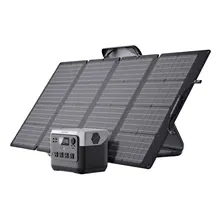






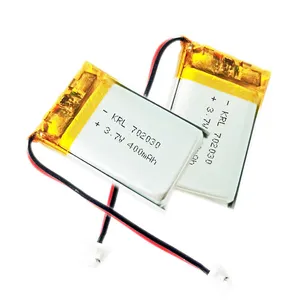
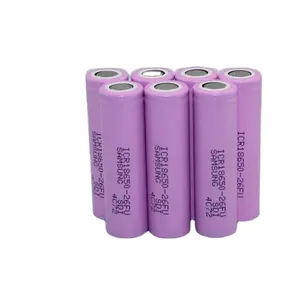


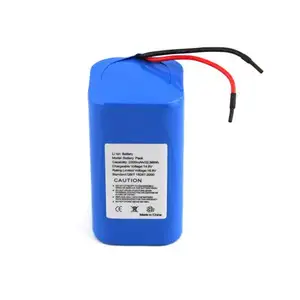






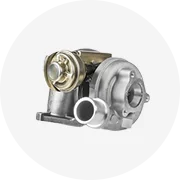









 浙公网安备 33010002000092号
浙公网安备 33010002000092号 浙B2-20120091-4
浙B2-20120091-4